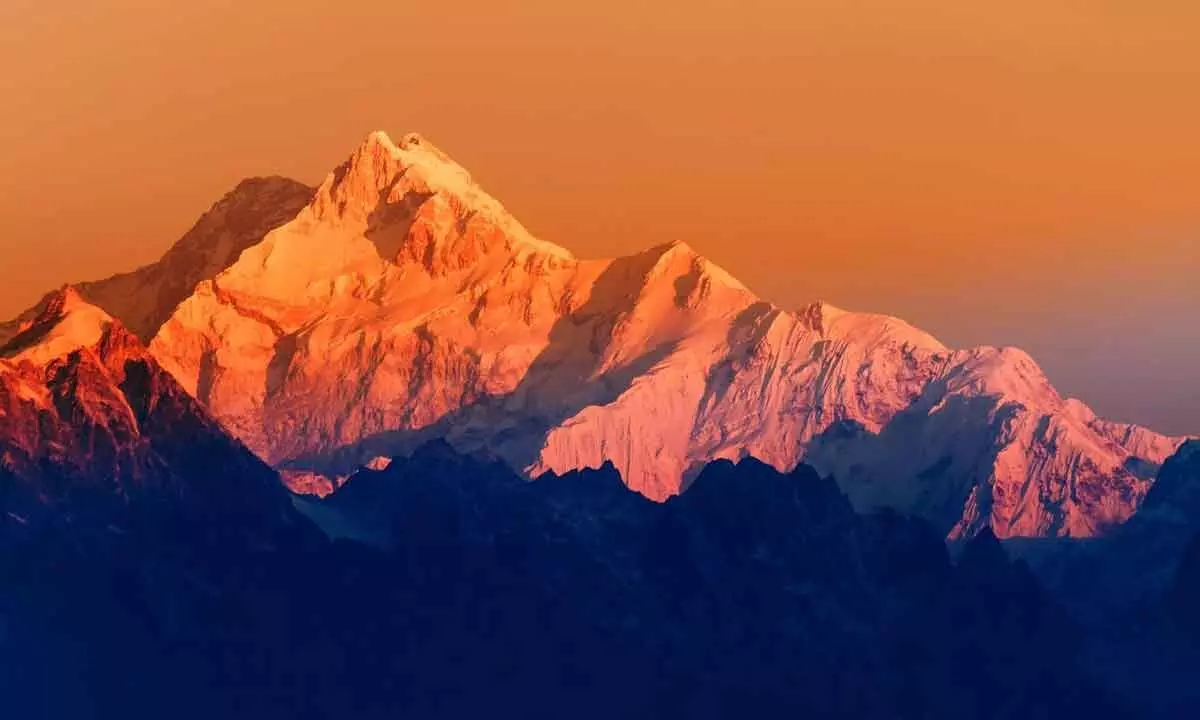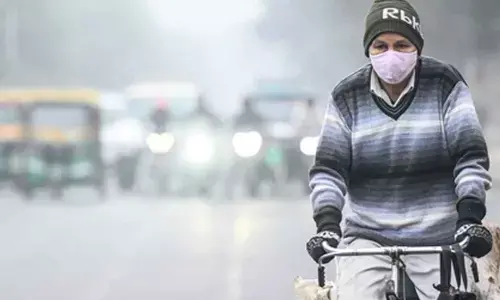Himalayan threat from ecological and human challenges

After a landslide trapped 40 labourers in an under-construction tunnel in Uttar Kashi district of Uttarakhand on Sunday, a fresh landslide is hampering efforts taken up on a war-footing. The tunnel is being built between Silkyara and Dandalgaon on the Brahmakhal-Yamunotri National Highway. Following the mishap, a team of experts has been set up by the State government under the chairmanship of Director, Uttarakhand Landslide Mitigation and Management Centre, to investigate the causes of landslip.
It is governments that usually take the lead in disaster preparedness planning, prioritising safety of lives over development. However, in the case of the Himalayas, unrestrained human activity is wreaking havoc on the fragile mountains already under stress due to climate change.
Criticism is pouring in, that the Himalayan states are proceeding with development projects, despite ecological concerns raised by a Supreme Court-appointed high-powered committee on the Char Dham all-weather road project.Uttarakhand region is said to be a fragile terrain because of its proximity to the Himalayas.
In the Himalayas, rocks there are said to contain a lot of water. Geological investigations before mulling a project would zero in on such grave issues, warn environmentalists. In the case of the present accident, the tunnel is very close to highly fragile mountains. One wonders if proper scientific studies had not pointed to perils of such mishaps. It is a serious issue if the State government had not heeded expert advice and went ahead with the project. It is a violation of the Supreme Court directive, which came in the wake of deadly floods in Char Dham in 2013, for taking up studies and enough precautions before going ahead with only much-needed projects so as not to further strain the majestic yet fragile peaks of Himalayas. There is a threat of melting glaciers and landslips. Over 650 hydropower projects are either planned or are under construction in the Himalayan region, risking threat from glaciers, landslides, rock-ice avalanches, debris flow, and lake outbursts.
The Himalayas are home to the largest number of glaciers outside the polar region. However, these glaciers are retreating rapidly due to global warming. Outbursts occur when water suddenly gushes forth from glacial melt. It causes severe damage to hydropower projects downstream, raising the risk of floods to human habitations. There are over 50,000 glaciers in the region – only a handful can be monitored.
Limitless quarrying, deforestation, mining, road construction, soil erosion, etc., are taking a toll on the Himalayas. They involve hill-cutting, levelling, bypasses, realignments and tunnels, flyovers, small bridges and culverts etc. Disturb the slopes, and disasters like landslides are inevitable.
The Himalayas are home to hundreds of native species of animals, flora and fauna. This calls for striking a delicate balance between development and ecological preservation of these unique ecosystems. One only needs to recall some disasters in the past, landslides in Varunavat Mountain in Uttarkashi, Sikkim floods, Kedarnath disasters etc. There is also this disquieting land subsidence in Joshimath, for which blame is laid on NTPC’s 520 MW Tapovan-Vishnugad hydroelectric project.
Due to global warming, the region is already witnessing changes in snowfall and rainfall patterns, causing habitat loss to the wildlife. The impact of the rising traffic pollution also needs to be studied, and discouraged, if need be. We can no longer endanger the “Water Towers of Asia.” India’s major spiritual heritage is at stake.







